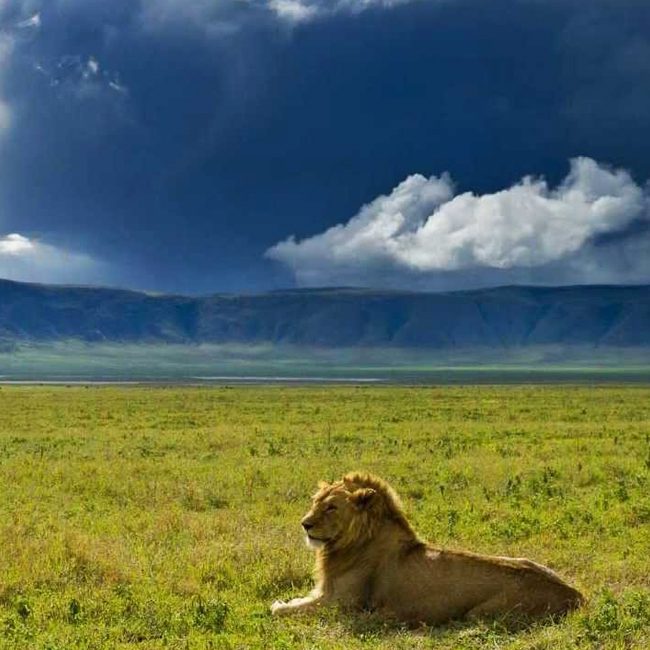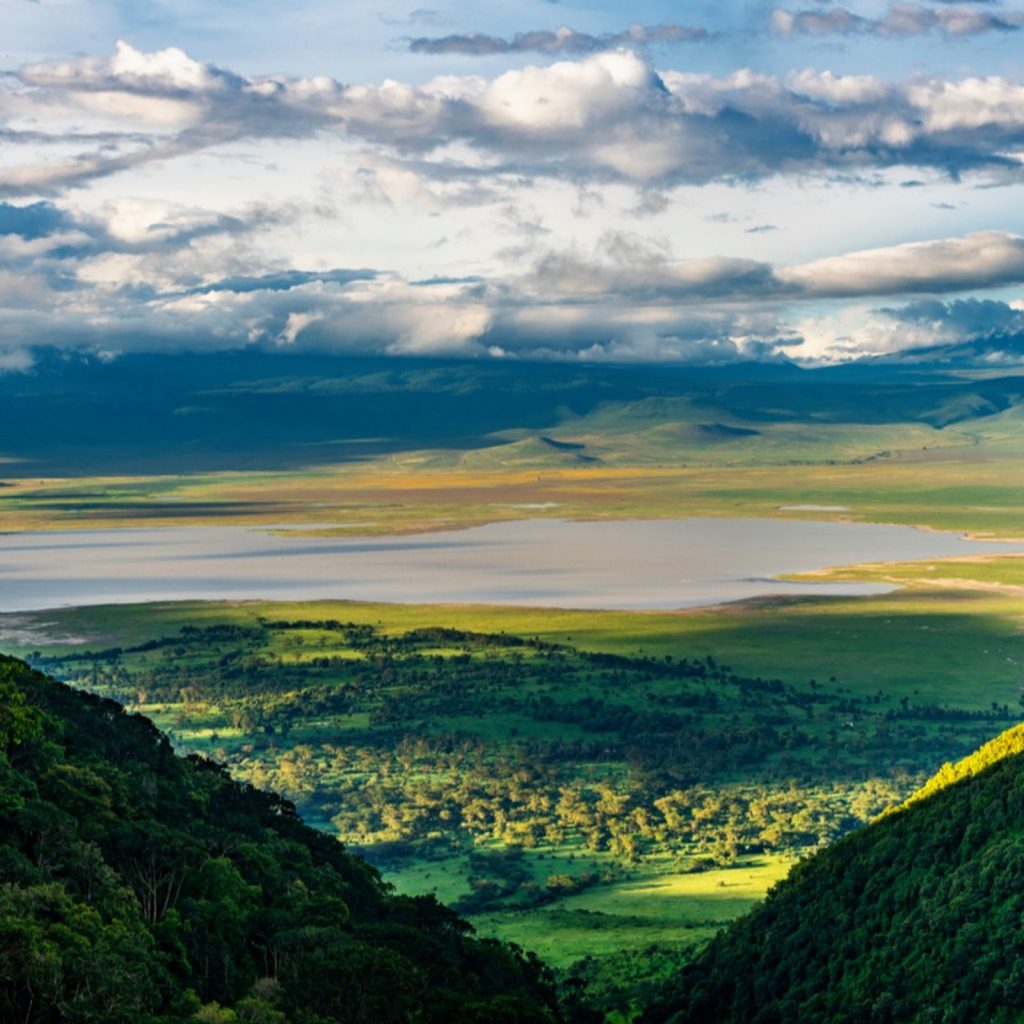Ngorongoro Conservation Area
What Makes The Ngorongoro So Special
The Ngorongoro Conservation Area (NCA) in northern Tanzania is a UNESCO World Heritage Site celebrated for its incredible biodiversity and unique integration of wildlife and human culture. At the heart of the NCA lies the Ngorongoro Crater, the largest intact volcanic caldera in the world, spanning approximately 260 square kilometers. The crater acts as a natural enclosure, hosting a dense population of wildlife, including lions, elephants, buffaloes, and black rhinos, making it one of the best places for year-round game viewing. The open grasslands, freshwater springs, and Lerai Forest within the crater provide diverse habitats for both predators and prey.
Wildlife conservation and human habitation
Beyond the crater, the Ngorongoro Conservation Area is home to the semi-nomadic Maasai people, who live in harmony with the natural environment. The area’s unique status allows for both wildlife conservation and human habitation, showcasing a remarkable balance between nature and traditional culture. Visitors often have the chance to visit Maasai villages, learn about their customs, and witness their iconic cattle herding practices, which have coexisted with the region’s ecosystems for centuries.
The NCA also holds immense historical and geological significance. It includes the Olduvai Gorge, a renowned archaeological site where some of the earliest human fossils were discovered, shedding light on the origins of humanity. This combination of rich history, vibrant culture, and unparalleled wildlife encounters makes the Ngorongoro Conservation Area a must-visit destination for anyone exploring Tanzania.
Top Ngorongoro Safari Activities


Game Drives
Join us for an unforgettable game drive on the breathtaking Ngorongoro Crater floor. Our knowledgeable and personable guides will accompany you in comfortable seven-seater vehicles equipped with power points and fridges. Enjoy Tanzania’s renowned wildlife while enjoying a picnic lunch and other amenities. Come and experience the magic of nature with us.
Wildlife
With wildlife neatly contained within the crater, you’re sure to have incredible sightings of a wide variety of species that call the crater floor their home. Species you’re likely to see include lion, black rhino, zebra, buffalo, Thompson’s and Grant’s gazelle, and elephant.
Predators
With so many animals contained within the crater walls, predators are never far off, hoping to capitalise on this. Leopards and lions can be found prowling the area in search their next meal,
Olmoti Crater Climb
The hike begins at a ranger station at the foot of Olmoti, just a brief drive from the camp. We follow an ancient Maasai cattle path that meanders through mountainous forests, grassy plains, and rocky outcrops while catching glimpses of various bird and butterfly species along the way. Upon reaching the summit, our hikers are treated to breathtaking vistas of the crater below.
Empakaai Crater Climb
Join a Ngorongoro Conservation Area ranger for a half-day excursion to Empakaai Crater. Hike down the crater’s walls to reach the famous soda lake where thousands of pink flamingos flock, creating a picturesque pink lakeshore. Absorb the breathtaking tranquillity and serene scenery while enjoying delicious snacks on the crater floor before hiking through the forested slopes to return to the crater rim.
Community & Cultural Visits
Come and spend an afternoon with the Maasai people in a nearby village to discover their traditional way of life. Additionally, you can explore a market that supports local traders or join herders as they bring their cattle back to their bomas (enclosures) on a walk.
The best time to visit the Serengeti depends on what you want to experience, as each season offers unique highlights
The dry season (June to October) is ideal for wildlife viewing and comfortable safari conditions.
The wet season (November to May) offers stunning scenery, calving season, and fewer crowds, but the long rains (March to May) can present accessibility challenges.

